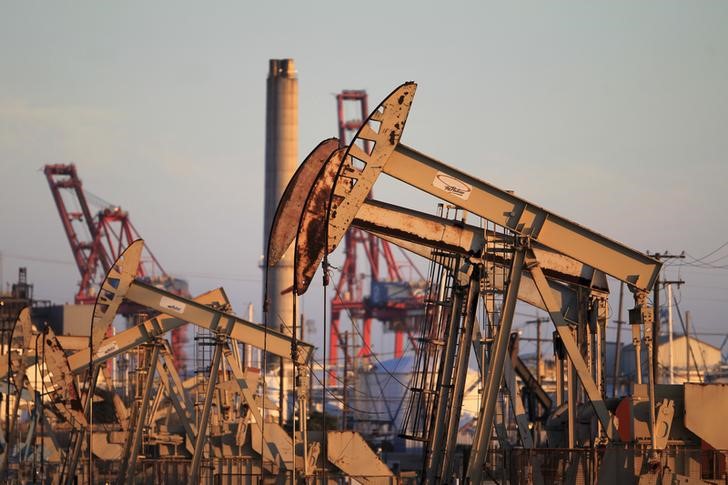The End of Big Oil in California: A Historic Divorce
Big Oil’s Legacy in California
California is bidding farewell to Big Oil as it forges ahead in its battle against climate change. Once the fourth-largest crude producer in the U.S., the state’s oil output a century ago shaped its iconic car culture and economic landscape. However, this era officially comes to an end as the two largest U.S. oil producers, Exxon Mobil and Chevron, prepare to announce a combined $5 billion writedown of California assets.
The Divorce of Exxon Mobil and Chevron
Exxon Mobil cut ties with onshore production in California last year, ending a 25-year partnership with Shell PLC, while Chevron is contesting state regulations on its oil producing and refining operations. Both companies are facing challenges in California’s regulatory environment, signaling the end of an era for oil production off the coast of Southern California.
Environmental Awakening and Industry Decline
California’s energy policies have evolved to prioritize clean energy, leading to a decline in oil production in the state. The devastating oil well blowout in Santa Barbara in 1969 spurred the U.S. environmental movement, resulting in regulations and curbs on drilling. As a result, oil production in the state has been on a steady decline for almost four decades, and more than 50% of oil drilling permits issued have gone unused. The state now has six times more clean-energy jobs than oil-related jobs.
“California can’t have both,” said Daniel Kammen, a professor of Energy at the University of California. “That means there is no room for oil and gas after that.”



